Abraham Lincoln’s Birthplace
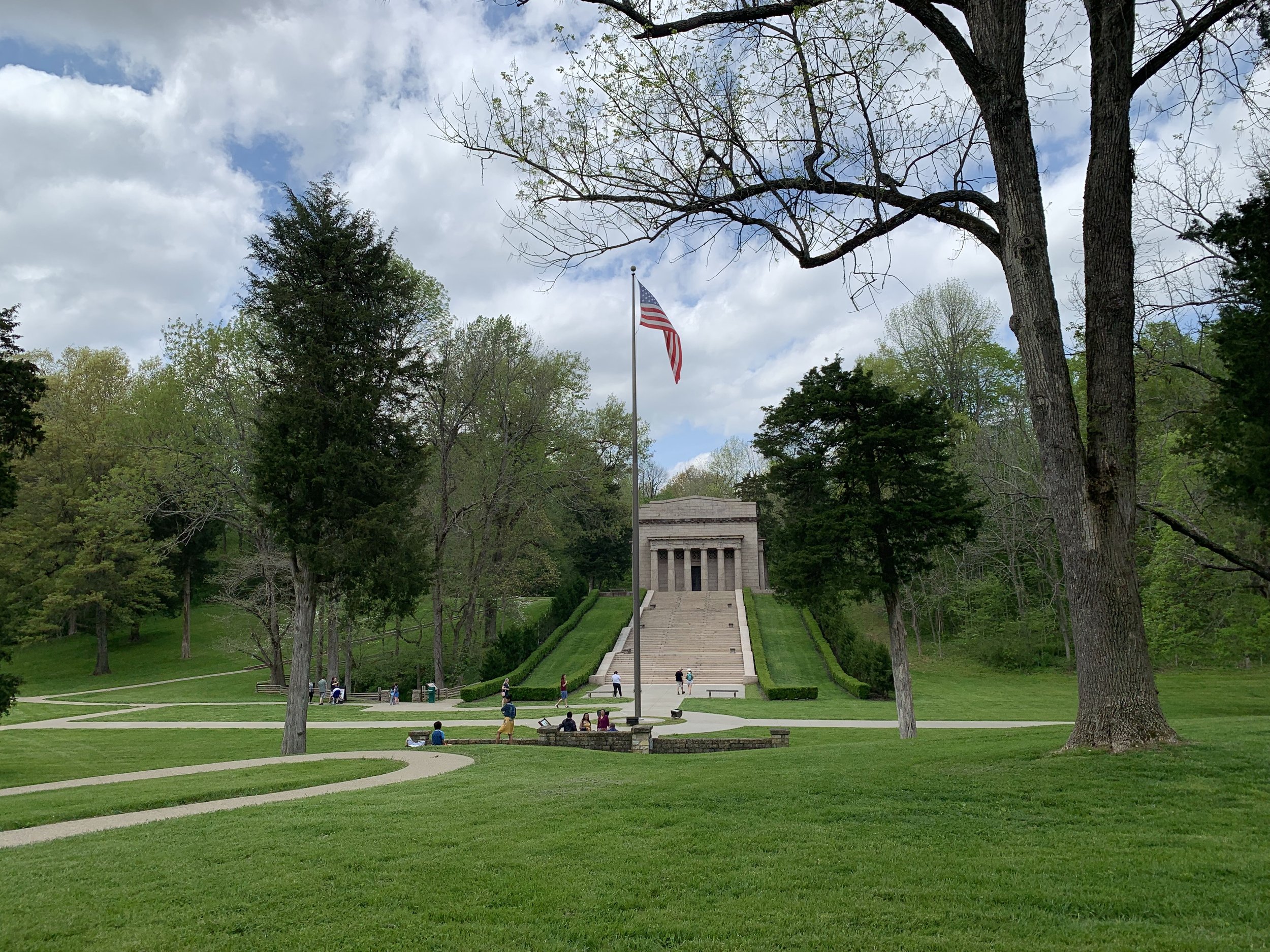
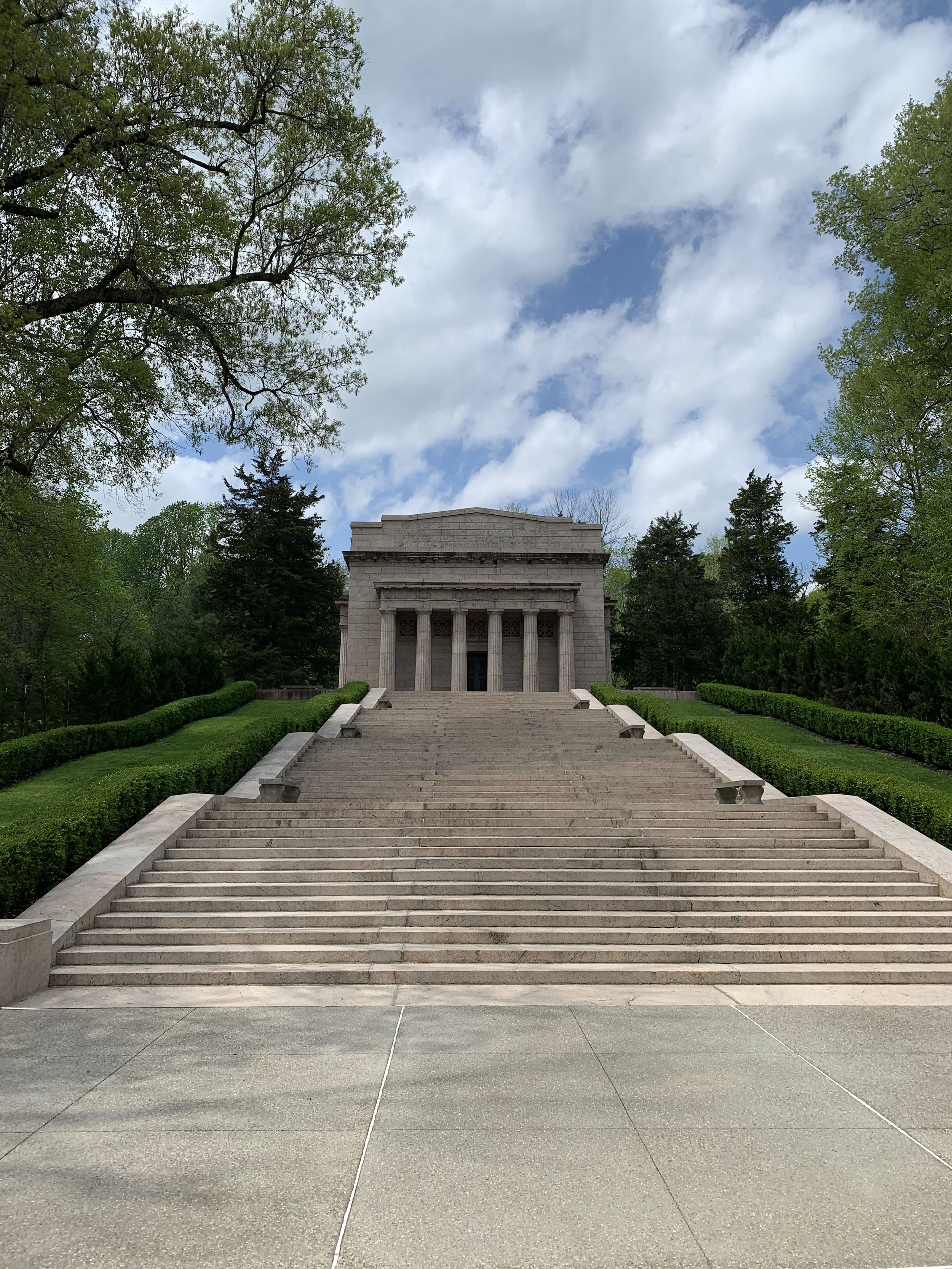
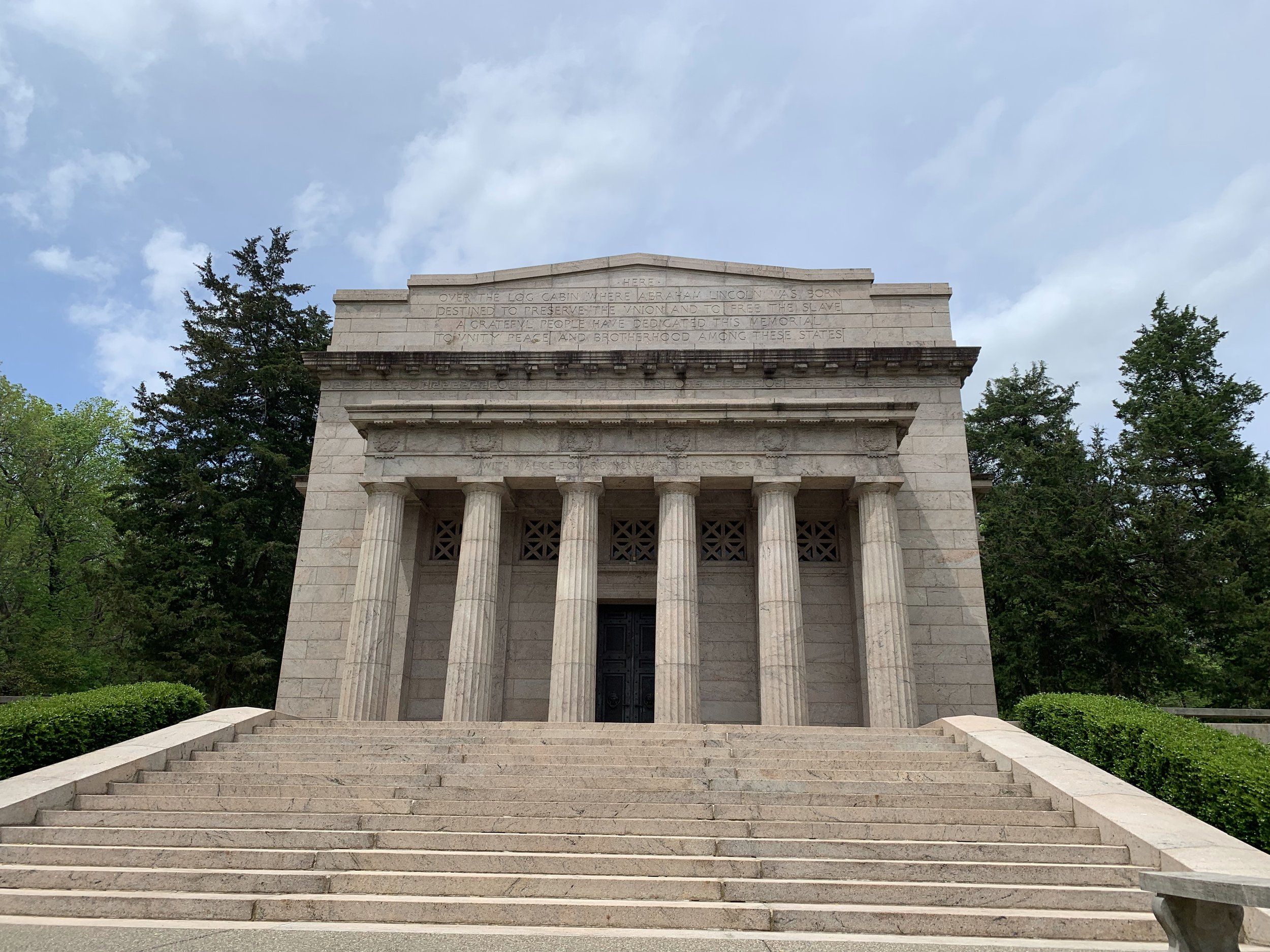

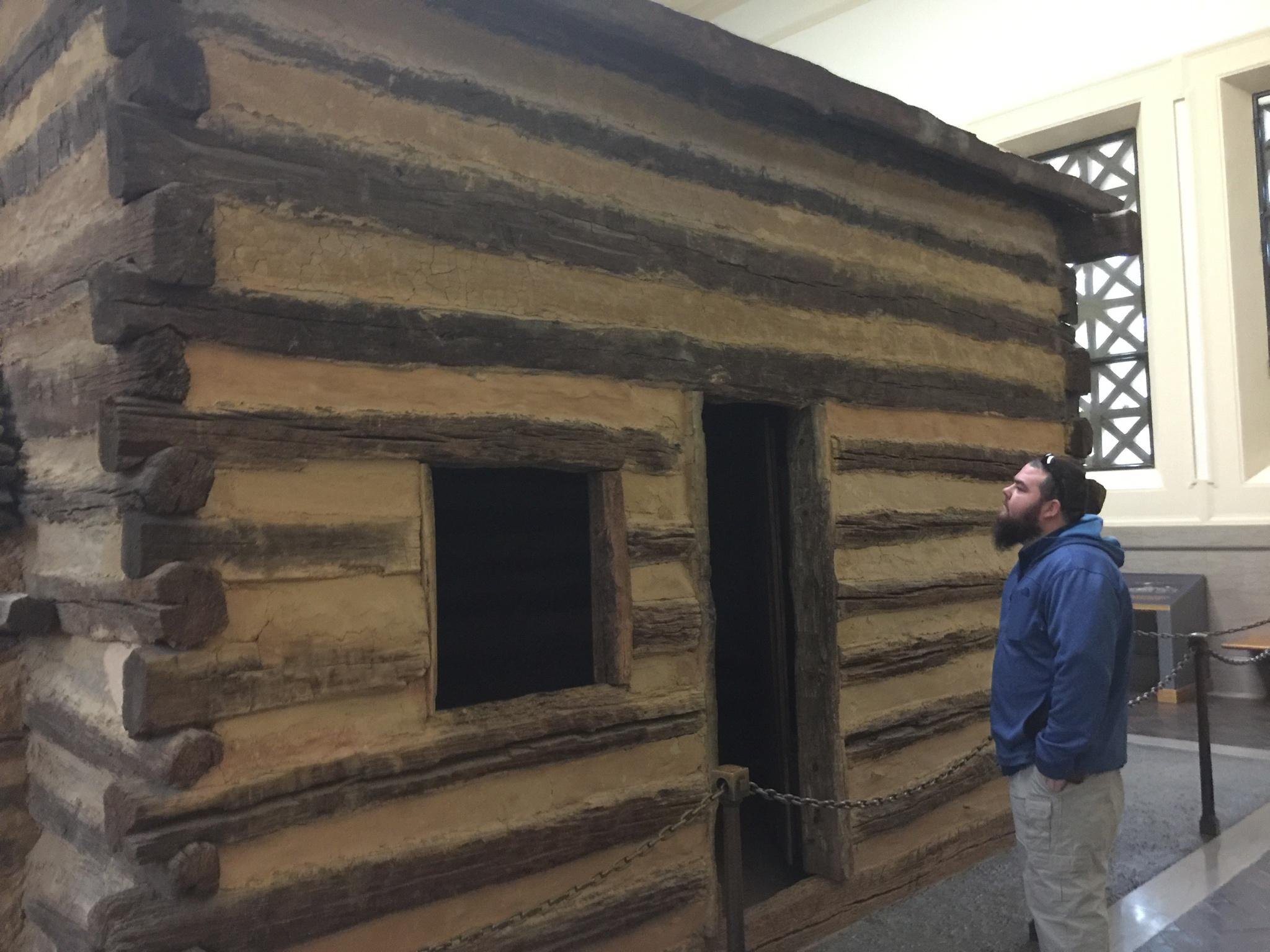
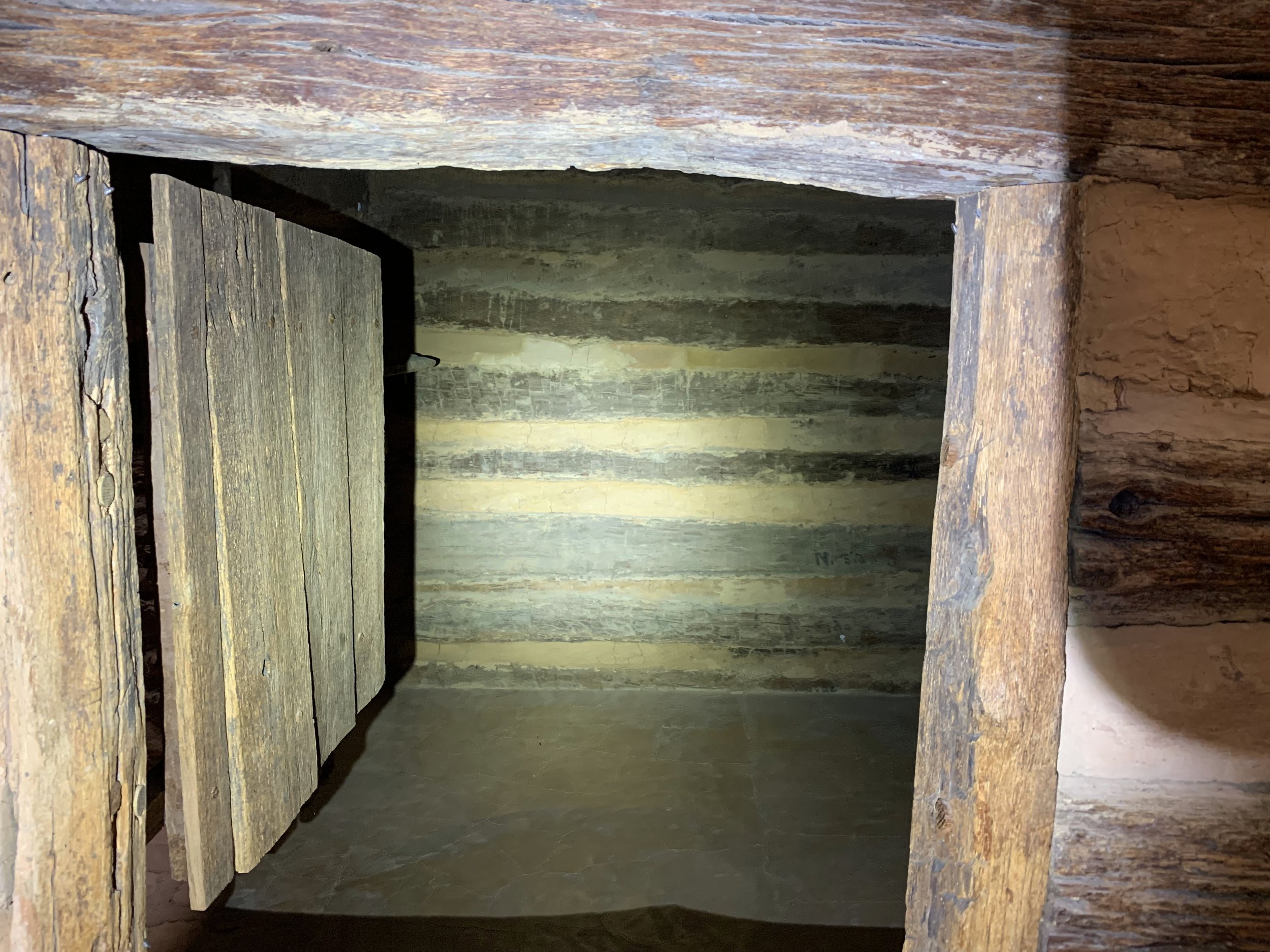
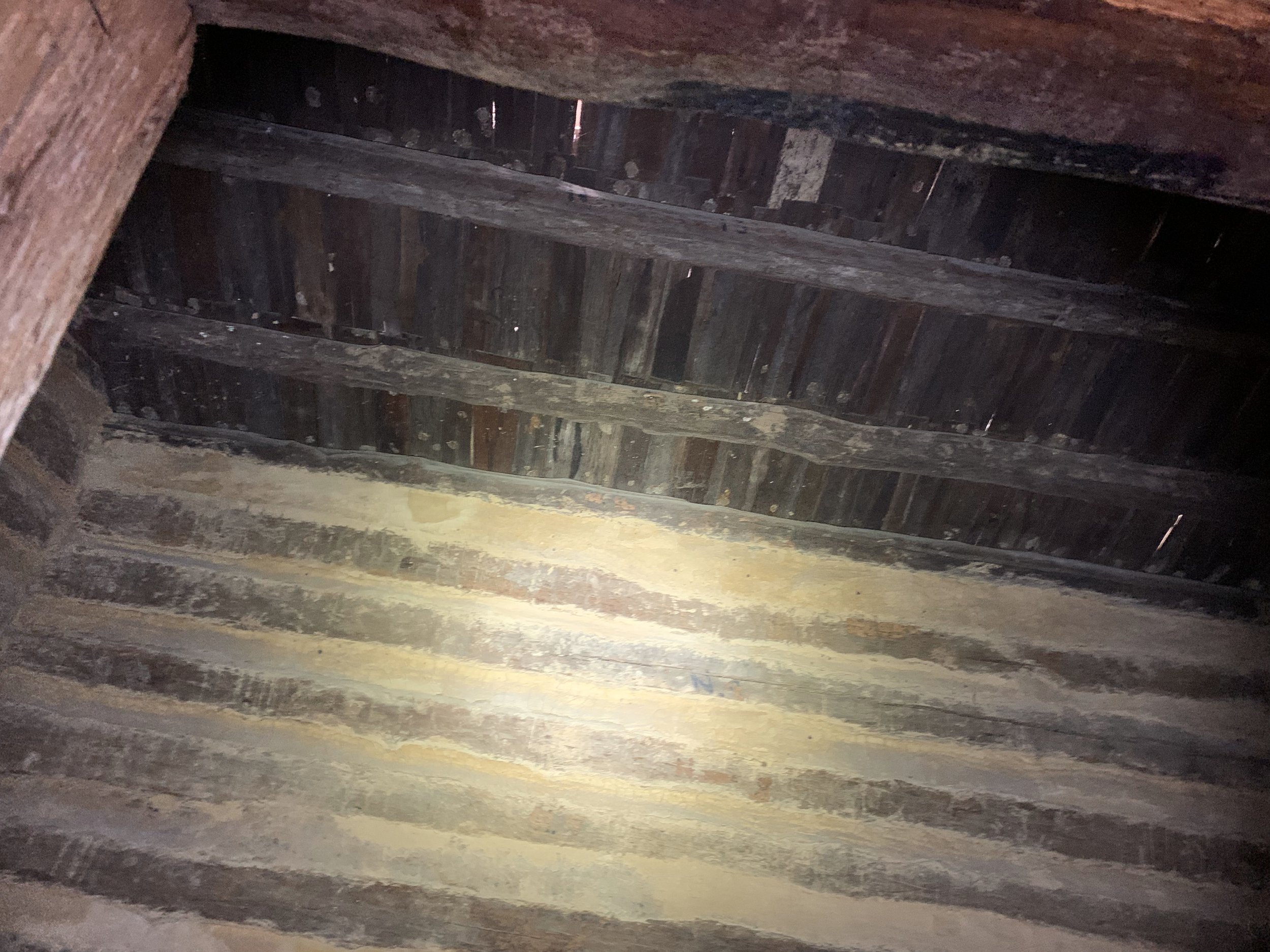
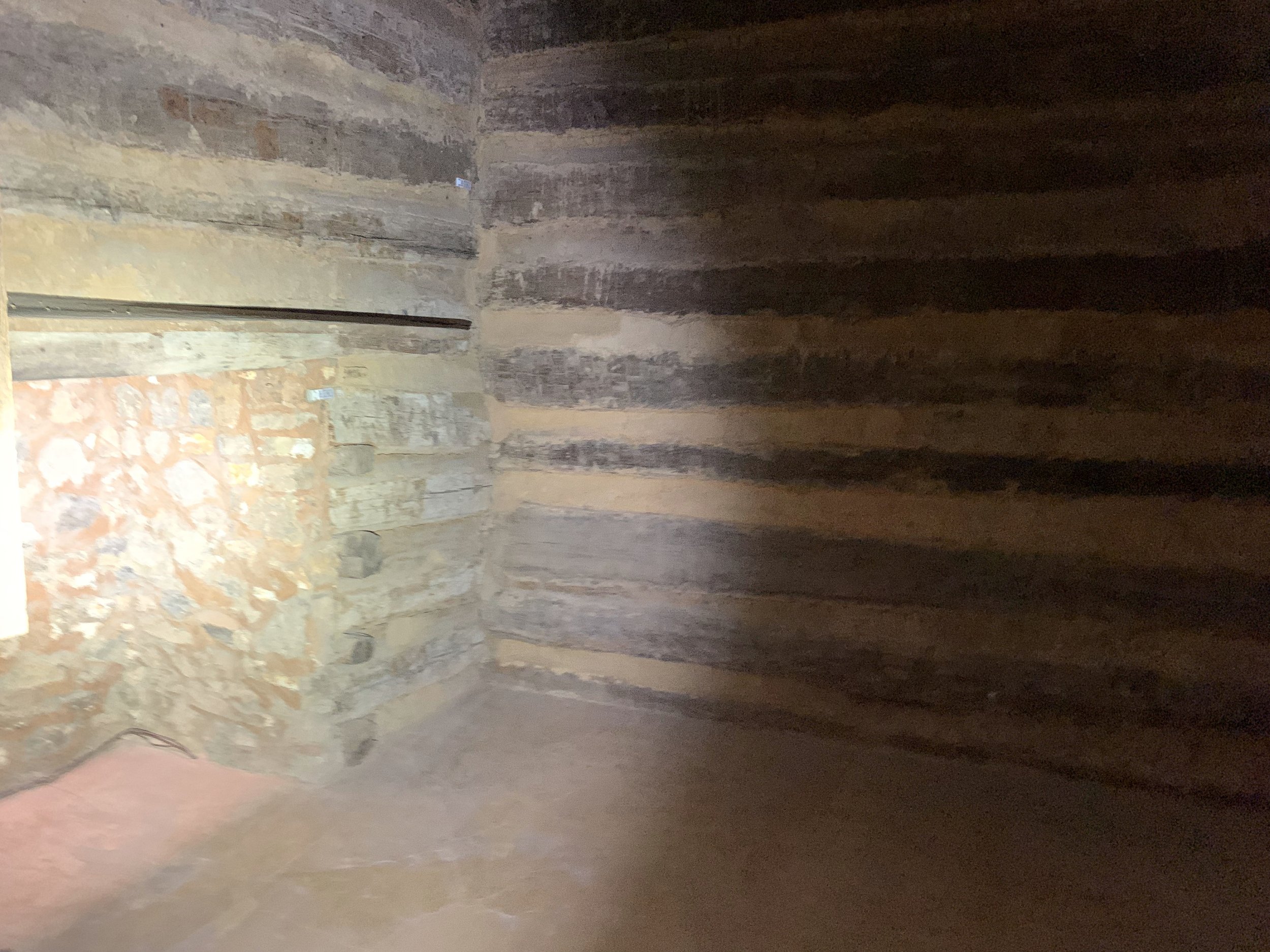
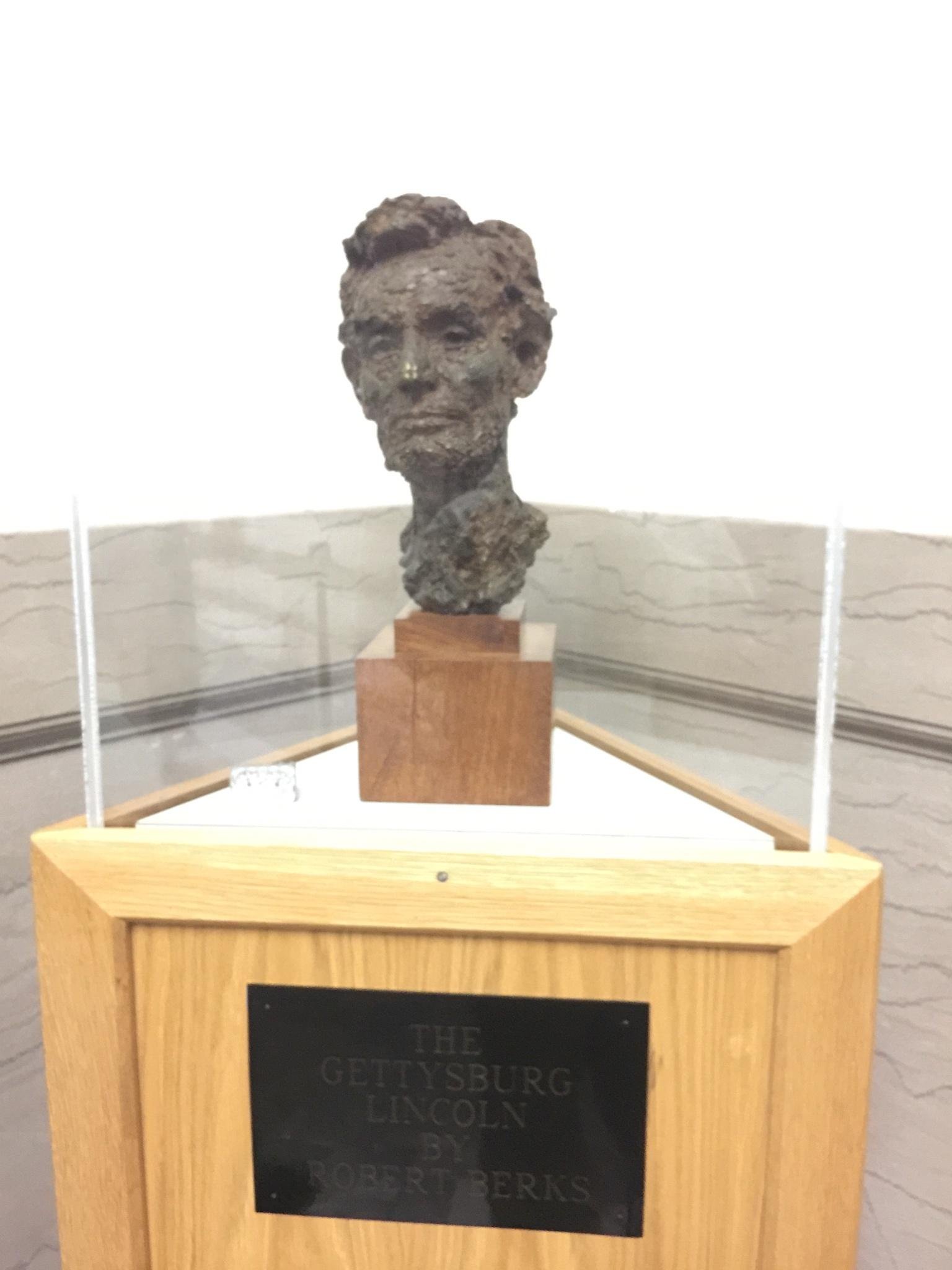
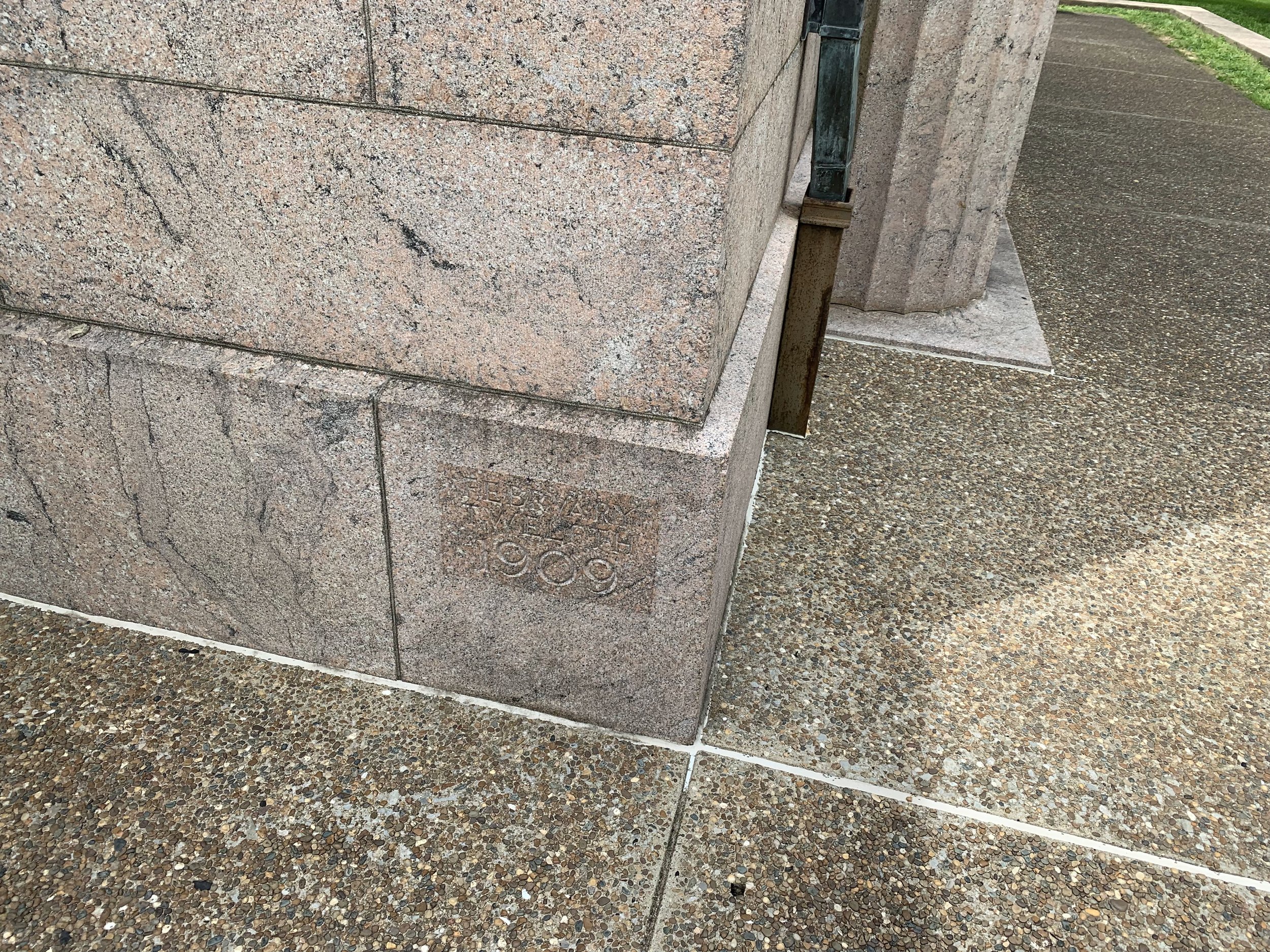
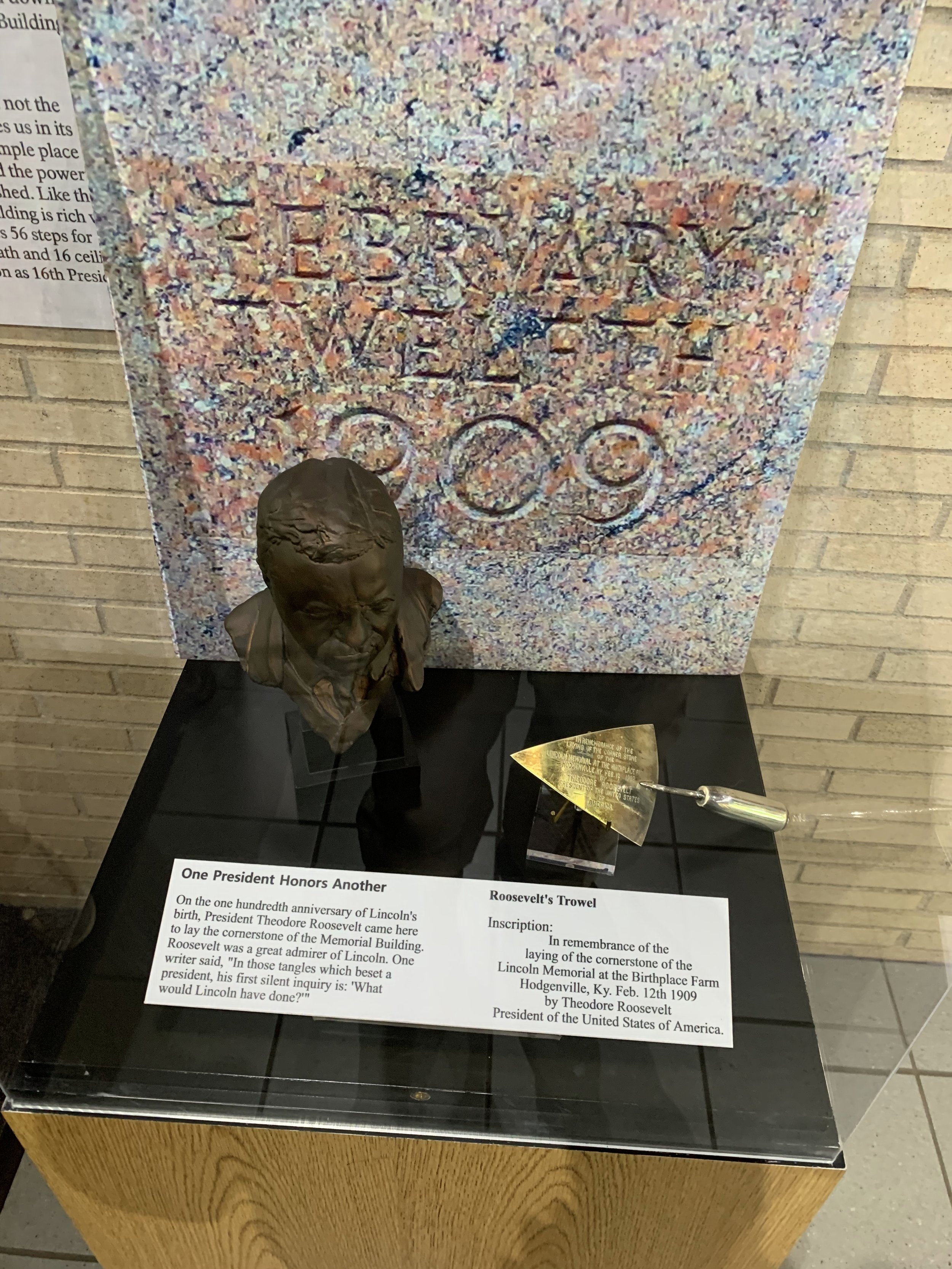
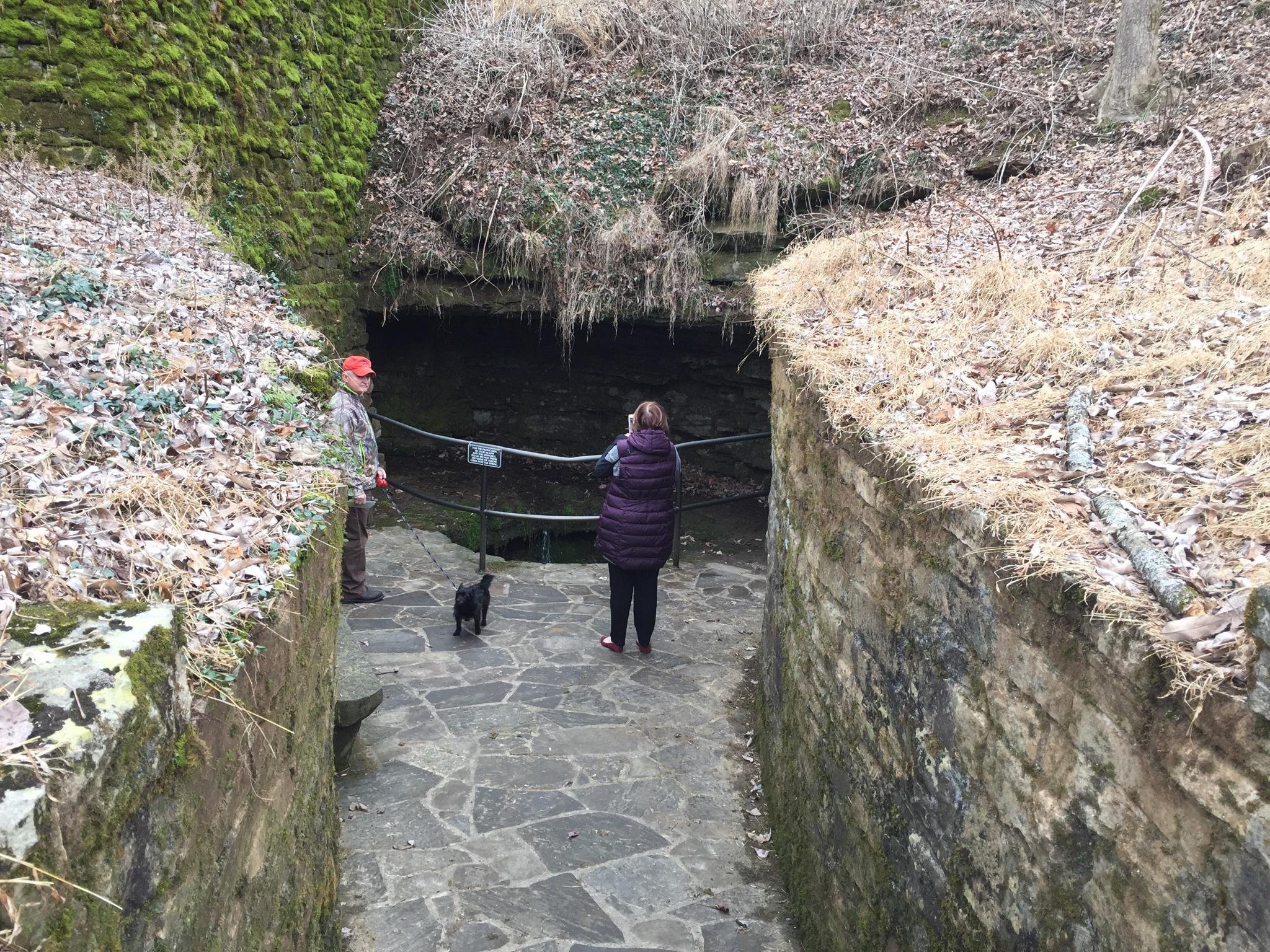
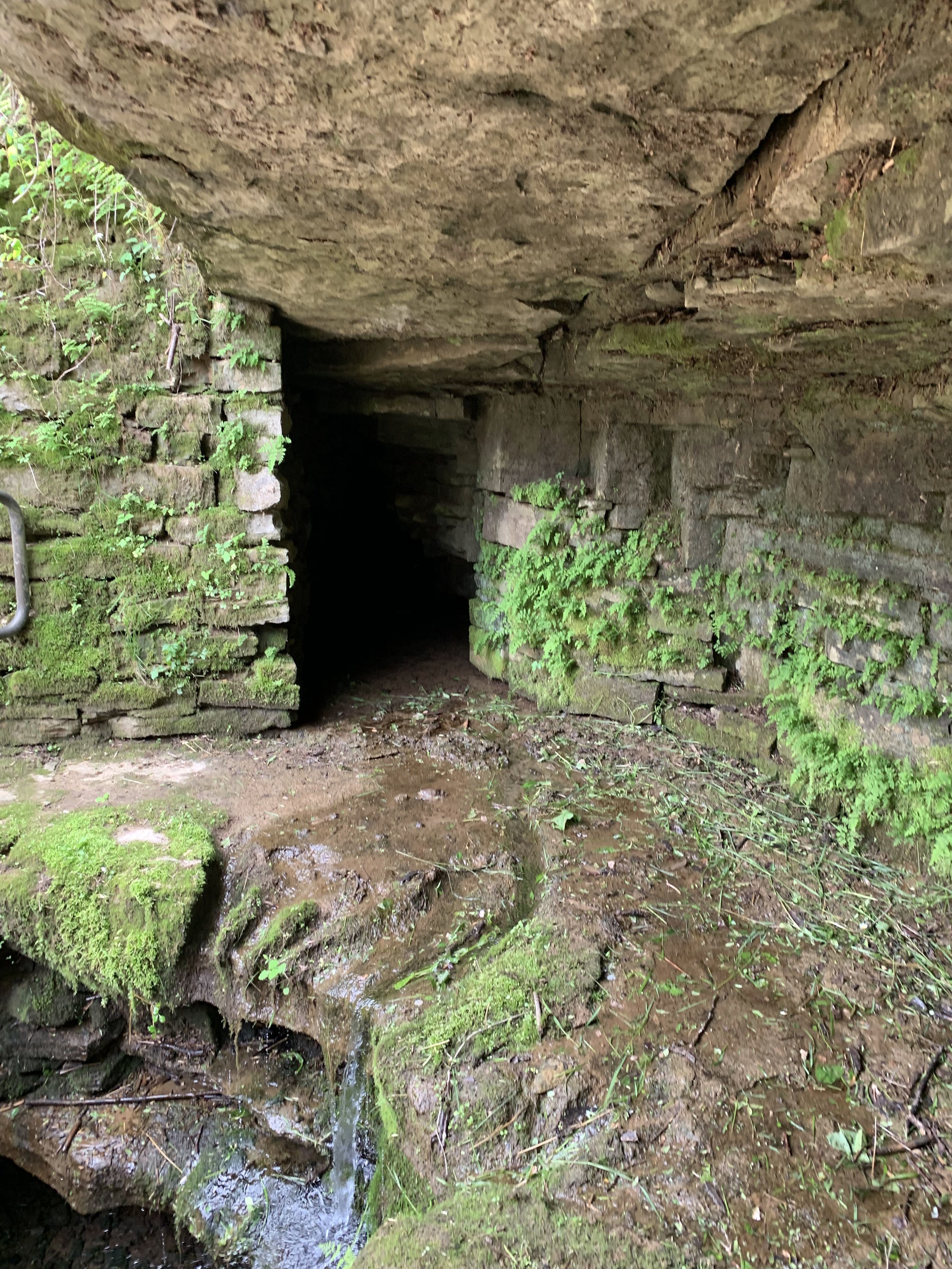

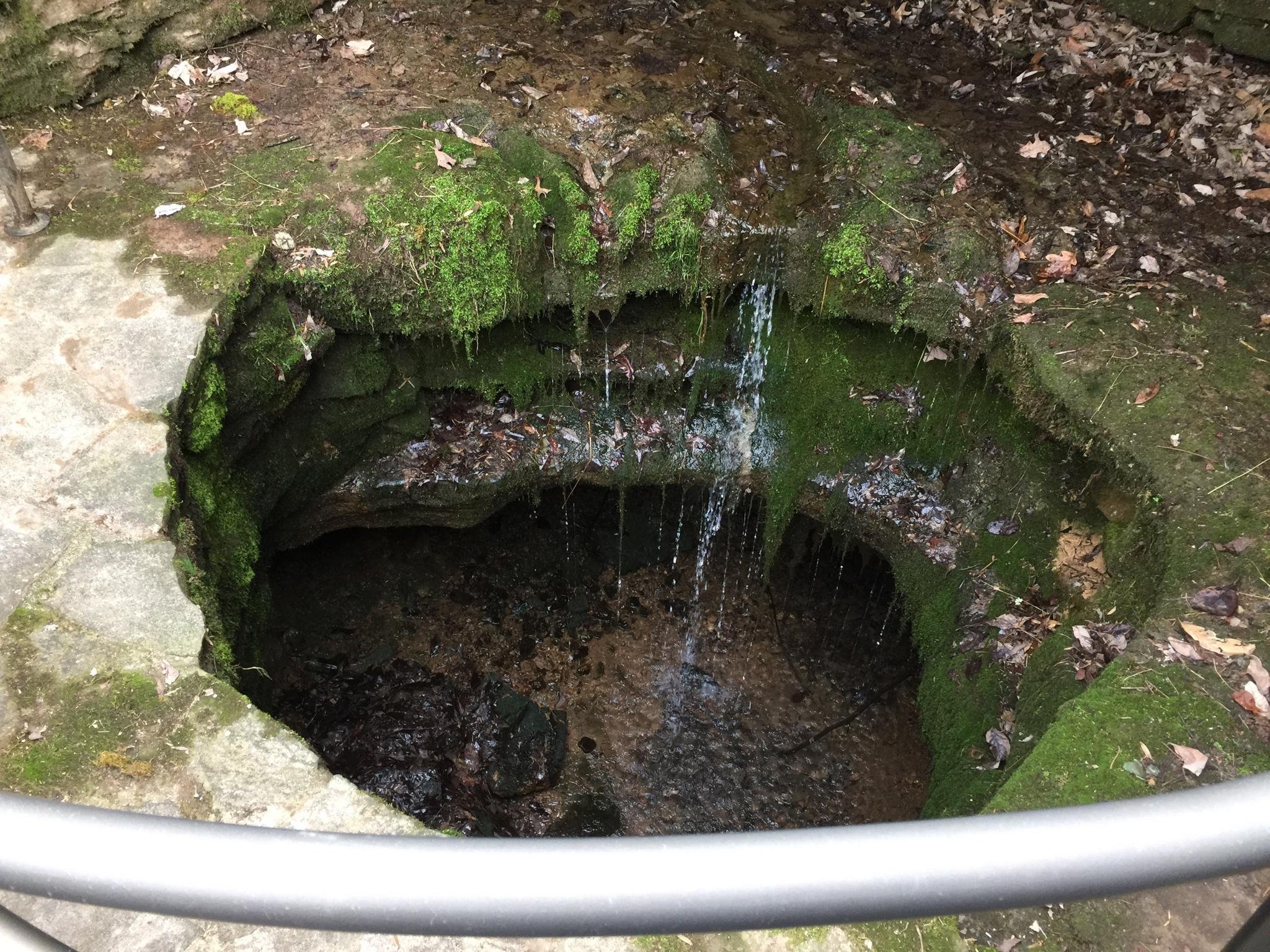
The election of Abraham Lincoln to the Presidency on November 6, 1860 enraged the pro-slavery south and kicked off the secession of southern states that would ultimately lead to the American Civil War. The 16th President would go on to lead the nation through 4 years of bloody conflict, win re-election, and be assassinated early in his second term, just days after the American victory at Appomattox. He may be remembered for his talents as a statesman and his calm steady guidance of the nation through its darkest hour, but Mr. Lincoln’s story begins on a humble hill-top near modern day Hodgenville, Kentucky.
Abraham was born on February 12th 1809 on the small “Sinking Springs Farm” owned by his parents Thomas and Nancy Hanks Lincoln. The farm site featured a small one room cabin situated just about a natural spring which emerged from the hillside before draining into a sinkhole. This spring was the primary reason for the Lincoln’s selecting this site for their home, as ready access to a clean and reliable water source was key to survival on Kentucky’s frontier.
The Lincoln’s would only live on the Sinking Springs Farm for a few years before migrating about ten miles north-east to a different farm along Knobb Creek. Lincoln would recount later in life that his earliest memories were at the Knobb Creek farm, meaning that the future President was far too young to recall living at his birthplace. Today, both locations have been turned into National Historic Parks.
Following his assassination on April 14th 1865 President Lincoln’s place in American history was solidified. The man who preserved the Union, freed the slaves, and who had hoped to rebuild a nation, became American’s first assassinated leader and a legend of American history. In 1894 Alfred W. Dennett purchased the Sinking Springs Farm where local legend had it that a nearby farmhouse had been built using timbers from the cabin where Lincoln had been born. Mr. Dennett disassembled the house and used its timbers to build a small one-room cabin in the style that would have been popular when Lincoln was born. On February 12th 1909 (the centennial anniversary of Lincoln’s birth) President Theodore Roosevelt laid the cornerstone of a grand marble building to house that cabin. The site was completed in 1911 and dedicated by then President William Howard Taft.
Today visitors to the Lincoln Birthplace National Historic Park will find a small modern visitor’s center featuring some historic relics, and a brief movie about the Lincoln family’s time at the farm. They can then climb the 56 marble stairs (one for each year of Lincoln’s life) to visit the memorial structure, and go inside to view the recreated cabin as well as a pust of the former President. At the foot of the memorial’s stars you can also descend into the namesake spring and watch/listen to the water trickle down into the sinkhole. The property also features a small hiking trail, as well as the remains of various tourist cabins and an old inn from the parks time as a more traditional “tourist trap” type site.
The Bluegrass State is perhaps the perfect microcosm of the Civil War. Both Union President Abraham Lincoln and Confederate President Jefferson Davis were born here (less than 100 miles apart), and although the state never seceded from the Union, both sides of the conflict were passionately supported by its citizens. The war tested the nation’s devotion to the ideals of freedom and liberty like nothing else, and Mr. Lincoln’s role in preserving those ideals cannot be understated. Although this National Historic Park may not be the largest attraction in the state, it is well deserving of a visit by any American who enjoys the freedoms that so many fought and died to preserve.
Want to Experience This Adventure for Yourself?:
Abraham Lincoln Birthplace National Historic Park